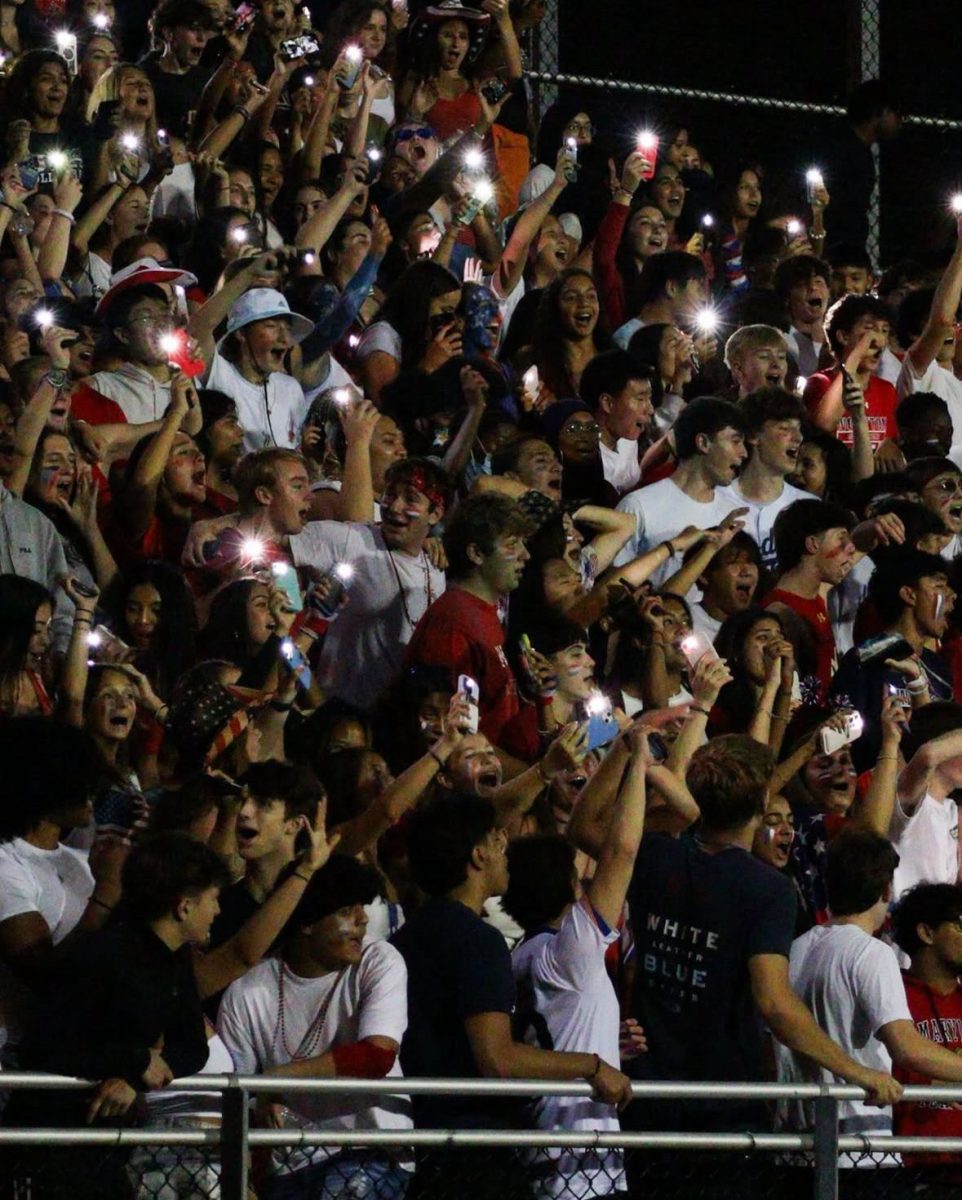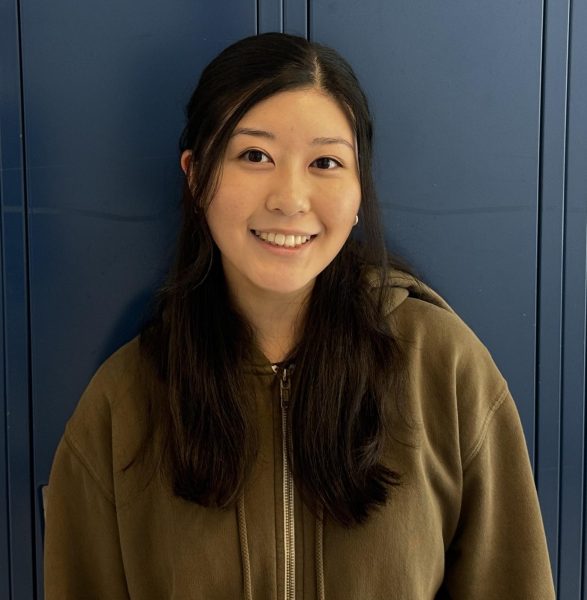Artificial intelligence, or AI, has, without a doubt, revolutionized our modern world. Fromcommon aspects of our daily lives, such as Google, ChatGPT and facial recognition, to lesser known yet essential networks, like fraud detection and medical diagnoses, AI has quickly become a staple of modern development and technological advancement.
Its extensive range of uses also allows for it to be applied in practically any industry; in data-heavy industries such as banking, security, insurance and pharma, for example, it is used for purposes such as reducing the time it takes to analyze large data sets.
However, in the context of its usage in filmmaking and screenwriting, the boundaries and limitations on how sparingly it should be used become blurry as contrasting opinions collide to produce monumental events, such as the strike of the Writers Guild of America, representing over 11,000 screenwriters, against the Alliance of Motion Picture and Television Producers, which includes major Hollywood studios. One of the major demands of the WGA was keeping AI out of writer’s rooms, to which the AMPTP responded by merely placing restrictions on its use, but not eliminating its presence from the industry completely. While the majority of members of the WGA consider this deal to be a win, it leaves opportunities to potentially further the automation of jobs involved with creativity and human expression.
A prevalent argument against the continued employment of screenwriters is the efficiency of using AI for the production of scripts, which would, in theory, cut costs for studios while still providing creative and interesting screenplays that would be equally enjoyable to the general public. According to research by Accenture and Frontier Economics, the use of AI has already increased the profit of the entertainment industry by 26% and is expected to continue to increase over the next 10 years. This boost in profit has in turn motivated studios to cut down on the number of writers under their company and become increasingly dependent on AI to take their place.
Nonetheless, while replacing screenwriters with AI would increase efficiency of script production, this efficiency would be in vain as the work that would be created by AI would not be creative or original. The way that AI is taught is through machine learning, which is broadly defined as “the capability of a machine to imitate intelligent human behavior,” according to an article by MIT Sloan.
Machine learning consists of three steps: giving the machine learning model data, choosing a machine learning algorithm to use for the computer model and letting the computer model train itself to find patterns or make predictions, as well as allowing for programmers to edit the model over time to push it towards more accurate results. The key step in this process is the beginning, where the machine is given data. In this scenario with screenplays, though this applies with any art form, the computer is fed written work created by humans, by real people with original ideas and thoughts, and bases its responses and learning on those pieces of prose. With this in mind, it is physically impossible for the machine to then be able to produce its own original work if its learning process is solely based on work by other people; its increased efficiency in its fabrication of screenplays is therefore an insignificant factor in discontinuing the employment of writers. Yet the largest repercussion of the deal between the WGA and the AMPTP is the potential of major corporations continuing to stifle creative expression in the desperate and hungry pursuit of profit.
This situation with studios and screenwriters isn’t the first instance of the misuse of AI with pieces of creative work; AI art is a prime example of the matter. In an extremely similar manner as the aforementioned writer scenario, the machine learning model is given data in the form of illustrations by human artists and then bases its own drawings off of the work it is shown. However, a large issue with this situation is that the artists whose work is being applied to train these machines did not give their consent for their art to be used, which has lead to lawsuits from artists against top AI art generators, including AIs such as Stability AI, Midjourney and DeviantArt. Regardless, it is important to note that the events that caused the writer’s strike were not the first of its kind, and it is extremely likely that AI will continue to be misused to replace more jobs related to creative expression.
Films and art as a whole are a beautiful celebration of human creativity; they allow for people to tell stories about their lives, turn hardships into art or publish a piece of work that can resonate with a person and speak to a part of them that they’ve never quite been able to put into words. Now more than ever as we continue to make technological breakthroughs and transform our world, it is crucial that we remember to treasure one of the few things that a machine can’t replace: the human nature of creative expression.


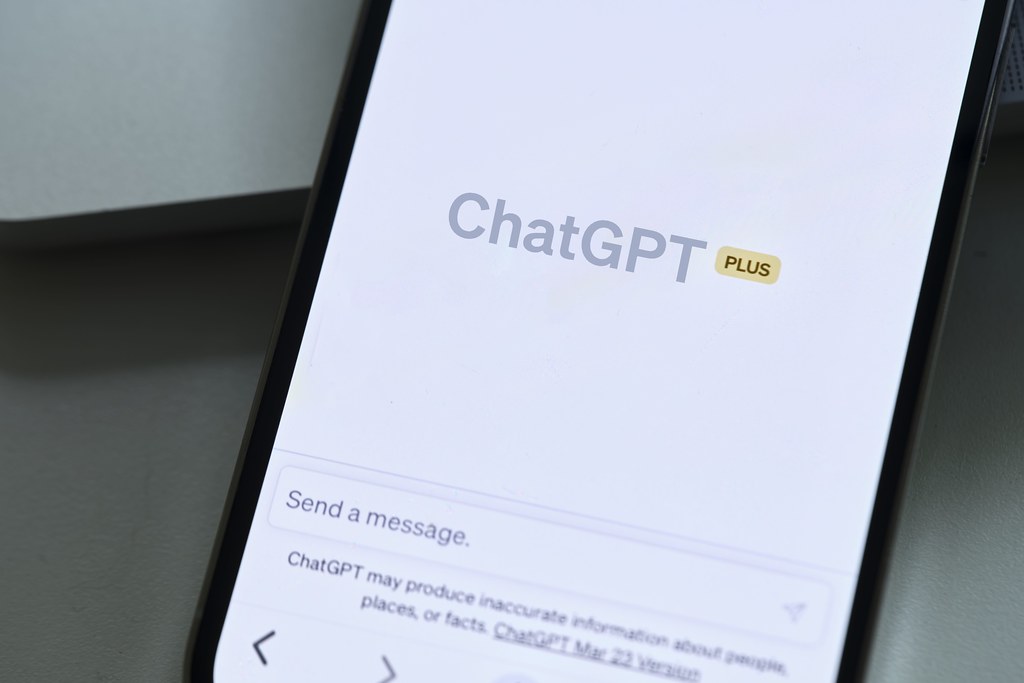
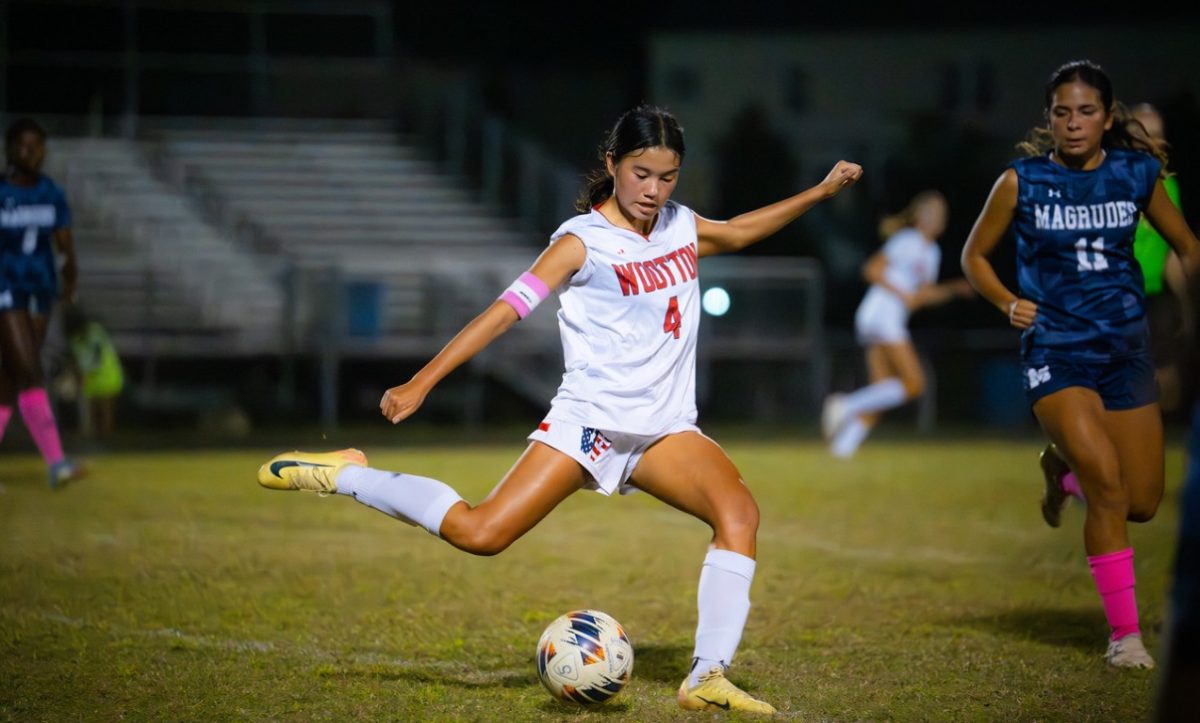
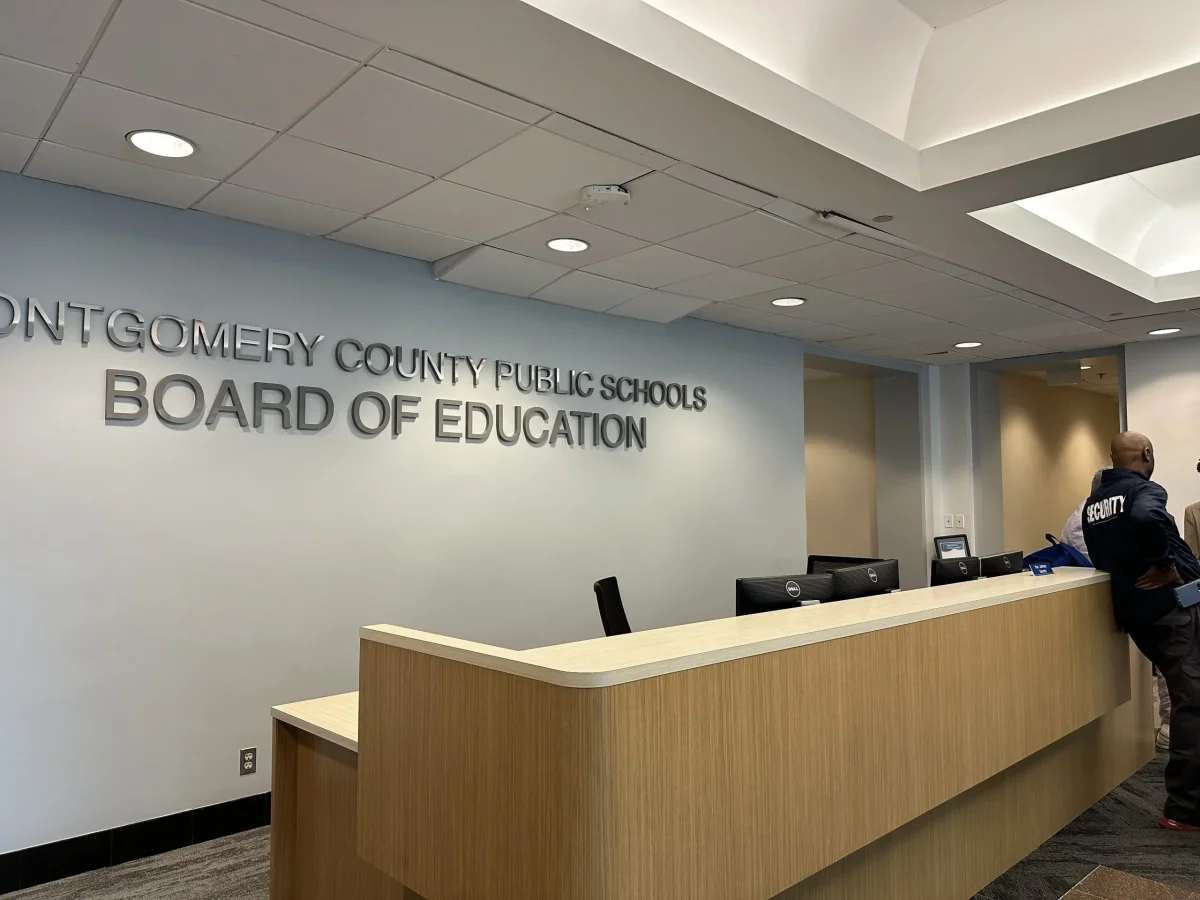
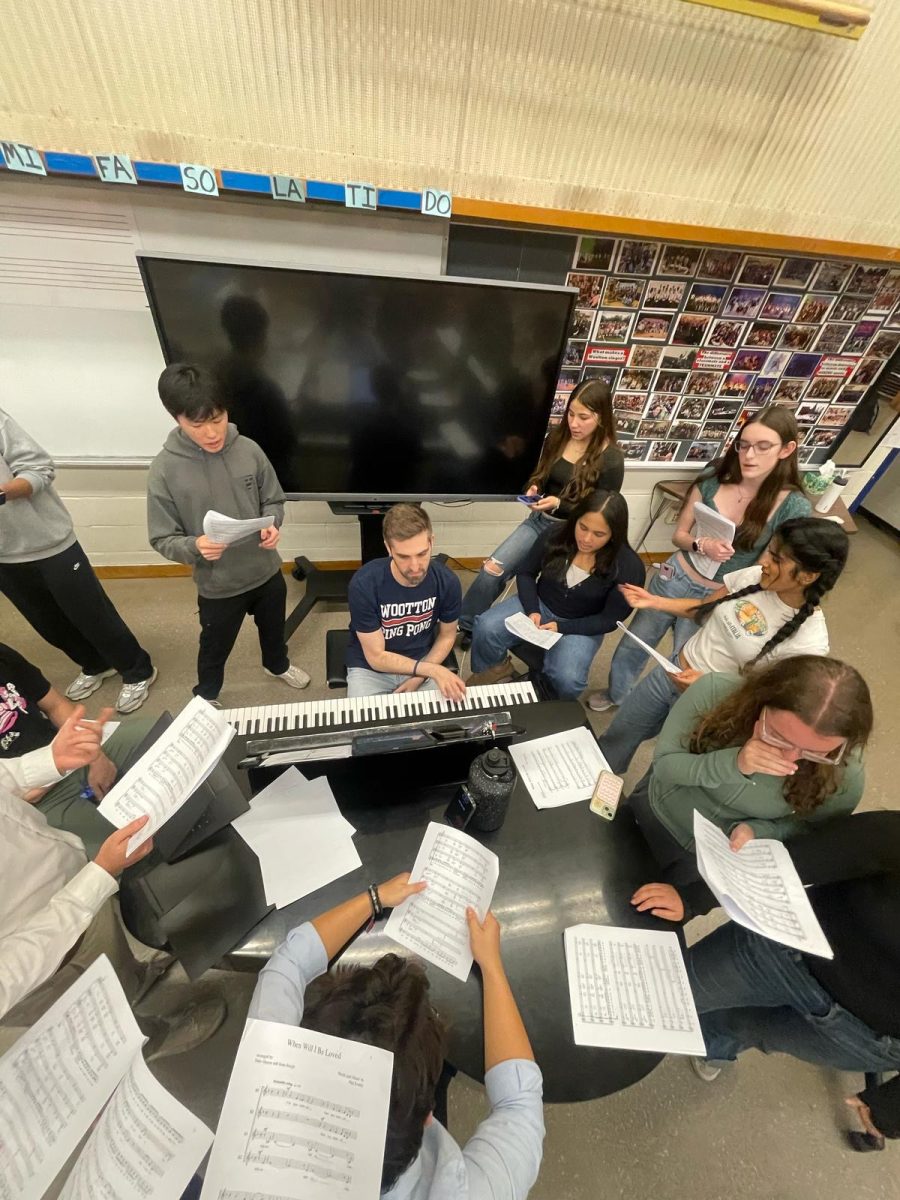
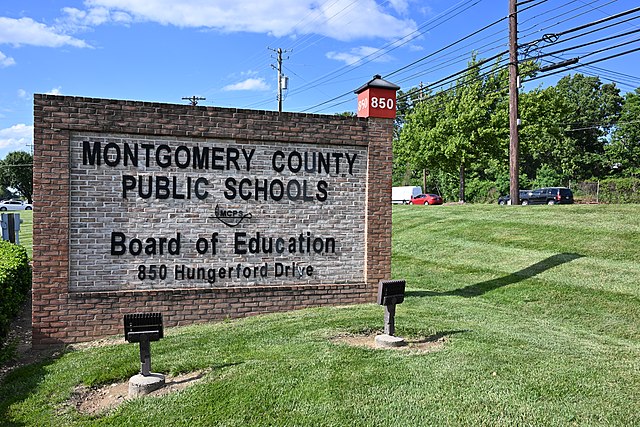
![The 2025-2026 Editorial Board Alex Grainger, Cameron Cowen, Helen Manolis, Emory Scofield, Ahmed Ibrahim, Rebekah Buchman, Marley Hoffman, Hayley Gottesman, Pragna Pothakamuri and Natalie Pak (Chase Dolan not pictured) respond to the new MCPS grading policy. “When something that used to be easy suddenly becomes harder, it can turn [students’] mindset negative, whereas making something easier usually has a better impact. I think that’s where a lot of the pushback comes from. But if you put emotions aside, I do think this change could help build stronger work ethic,” Ibrahim said.](https://woottoncommonsense.com/wp-content/uploads/2025/09/fqr5bskTXpn0LRQMmKErLuNKdQYBlL726cFXBaWF-1200x900.jpg)
